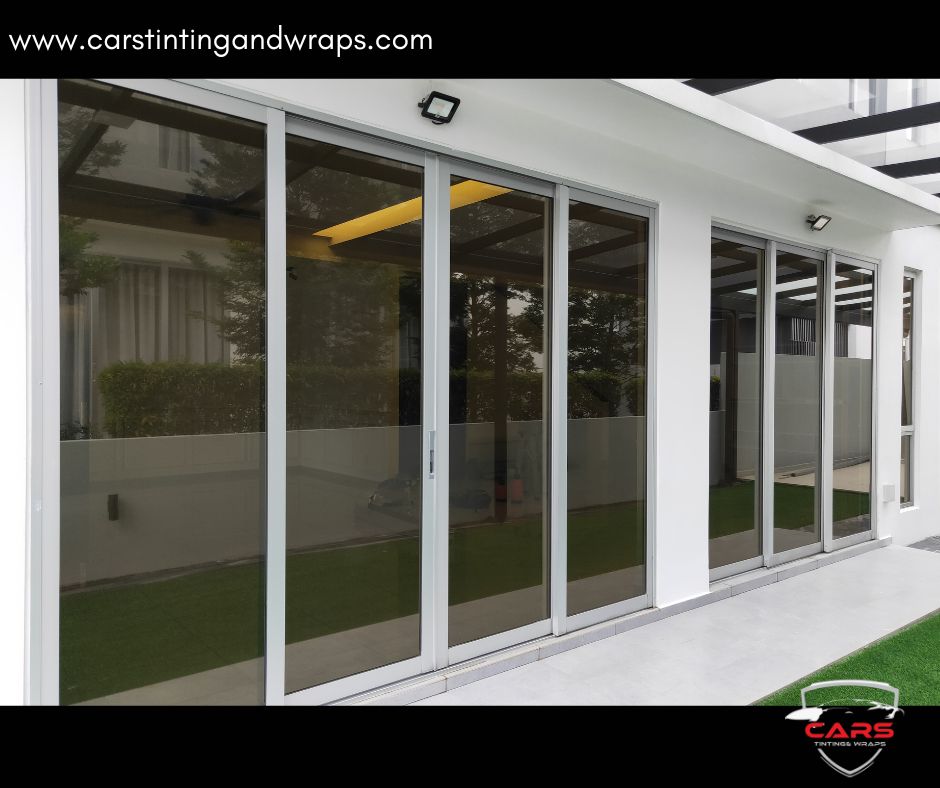
In today’s dynamic business landscape, the aesthetics and functionality of commercial spaces are paramount. commercial tinting techniques offer cutting-edge solutions for modern businesses, enhancing both the visual appeal and practicality of commercial properties. This article delves into the transformative power of these tinting methods.
Revolutionizing Aesthetics with Modern Tinting
Customizable Visual Appeal
Contemporary tinting technologies allow businesses to customize their windows and glass surfaces in a myriad of ways. From subtle color tints to bold patterns, the possibilities are endless, enabling businesses to reflect their brand identity directly through their physical space.
Creating Artistic and Functional Spaces
Beyond mere appearance, modern tinting techniques can turn glass surfaces into works of art or even functional displays, contributing to a unique and engaging business environment.
Enhanced Functionality Through Tinting Innovations
Improved Energy Efficiency
Advanced tinting solutions play a crucial role in energy conservation. By regulating the amount of solar heat and light that enters a space, these tints can significantly reduce energy costs associated with heating and cooling.
Smart Tinting Technologies
Emerging smart tinting options, such as electrochromic glass, offer the ability to adjust transparency and light transmission on demand, providing unparalleled control over privacy and lighting conditions.
Boosting Workplace Productivity and Comfort
Enhancing Employee Comfort
By controlling glare and optimizing natural lighting, innovative tinting techniques can create a more comfortable and productive work environment, potentially leading to enhanced employee wellbeing and efficiency.
UV Protection and Glare Reduction
Modern tints can filter out harmful UV rays and reduce glare, protecting employees and office furnishings while ensuring a pleasant and safe workspace.
Commercial tinting techniques are transforming commercial spaces, offering modern businesses a blend of aesthetic appeal, energy efficiency, and functional benefits. As these technologies continue to evolve, they are set to play a pivotal role in the future of commercial space design and utilization.